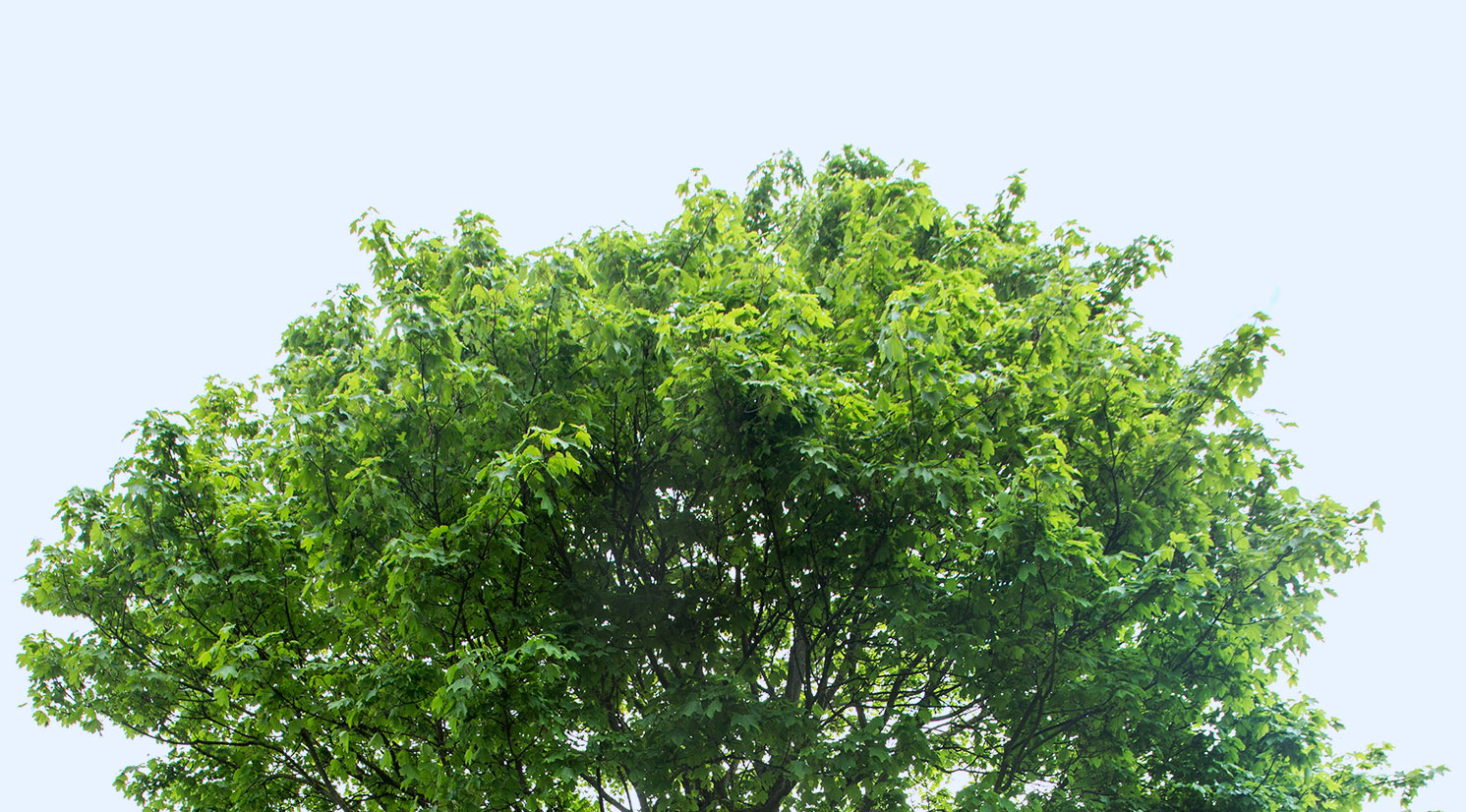Written by: Emma Farmer, Ecosystems Manager
Did you know? Invasive plants are non-native plants that invade natural areas and cause declines in species diversity and interrupt ecosystem processes. There are approximately 2,300 vascular plant species growing wild in Ohio and around 500 of the 2,300 are non-native, but not all non-native plants are considered invasive.
The term “non-native” refers to the fact that the plants are located somewhere outside of its natural range due to human intervention. Plants are moved for a variety of reasons including aesthetic appeal, medicinal properties, wildlife food and many other factors. Most introduced species never stray from where they are planted, but some show rapid reproduction and establishment tendencies. Non-native invasive plants cause a decline in species diversity in ecosystems and can endanger sensitive plants and animal species.
There are currently 63 invasive plant species regulated by the Ohio Department of Agriculture (ODA). The ODA follows guidance of the Ohio Invasive Plant Council (OIPC)l for the addition of invasive plants. The OIPC monitors potential invasive plants as well as promotes public education on this topic. Here at The Arboretum, staff members work year-round to eradicate known invasive species with special focus on plants that pose a human health hazard. We also see the value and necessity of conducting research surrounding invasive plant species. This includes phenology monitoring and assessment of plants with invasive tendencies as well as research trials surrounding the treatment and management of current invasive species.





